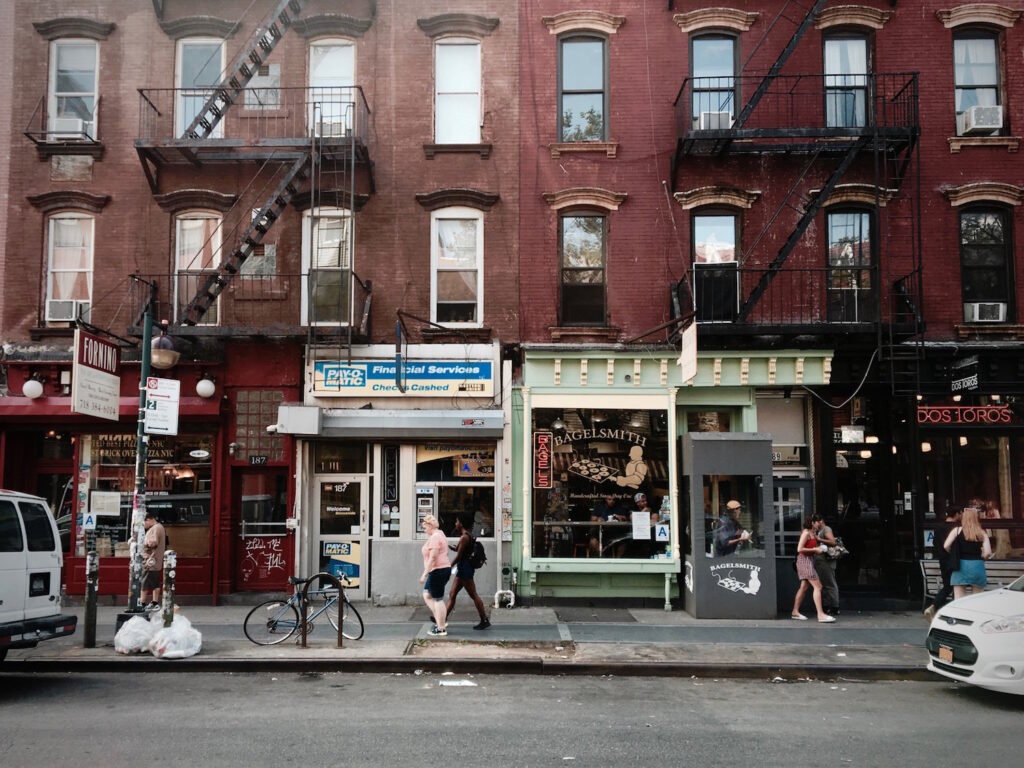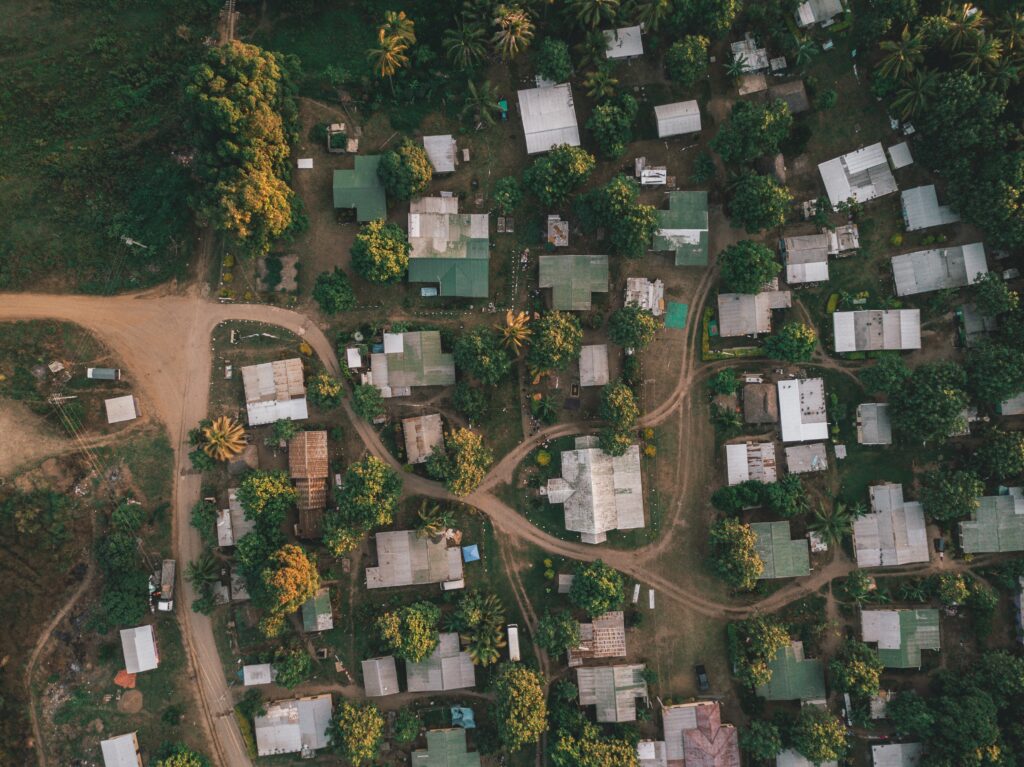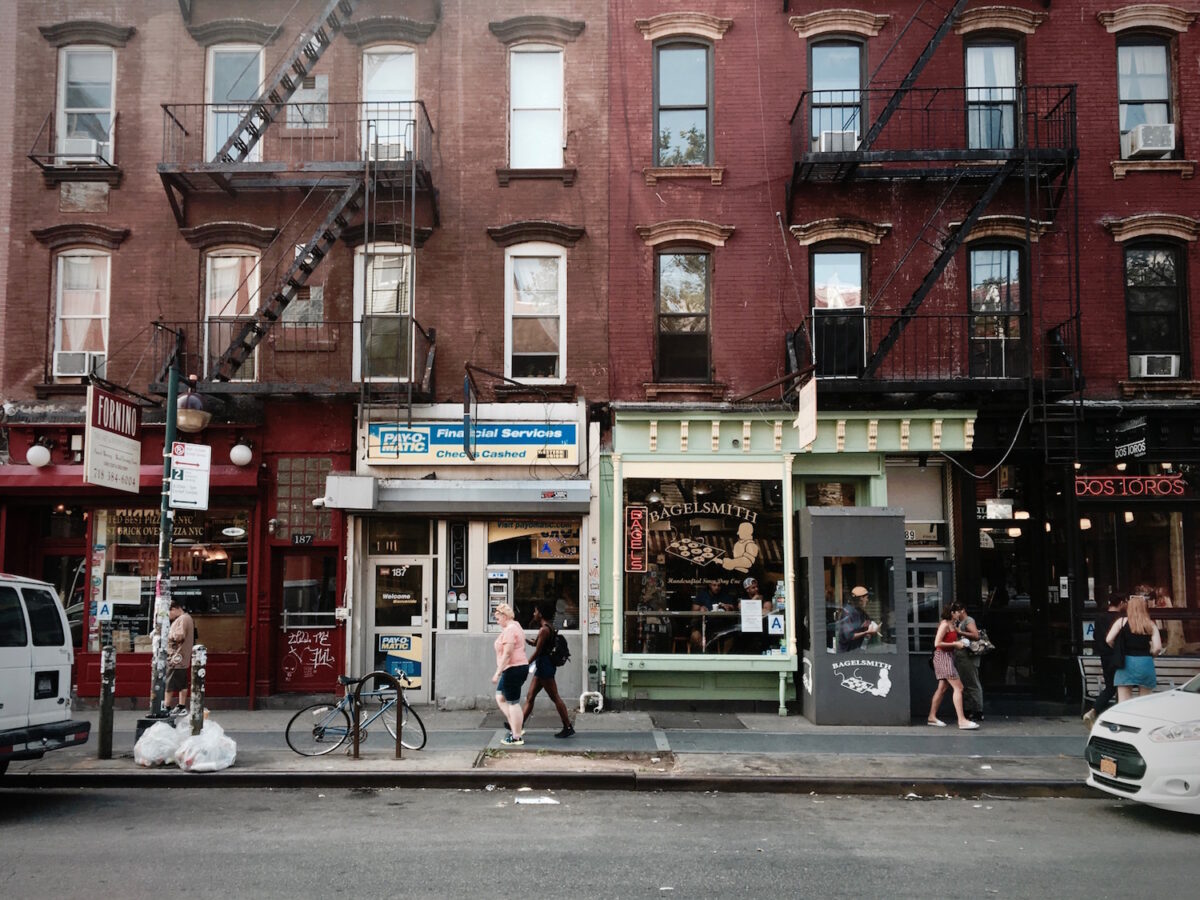The events of 2020 have made it obvious the role that proximity plays in how we experience our cities. The lockdowns of COVID-19 trapped many Americans in their suburban neighborhoods. The rallies and marches surrounding George Floyd’s death made clear the relationship between easily-accessible public space and democracy. The shift to remote work has anchored many of us closer to home than we’ve ever been, reconfiguring our relationship to our neighborhood and our daily life patterns.

I could not have imagined a more perfect place to experience all of these events than from where I did in my neighborhood of Flatbush, Brooklyn. Lockdowns didn’t feel isolating because people were always visible…running in the park or strolling the neighborhood. With three grocery stores in a 10 minute walk, I never had to worry about food-access. Those who participated in the BLM protests were able to access them easily by foot or bike and found themselves in well-designed public spaces that adequately facilitated crowds.
All of this was possible because Brooklyn, as an older city, was designed to reflect an instinctive, efficiency-seeking orientation to time and labor. Because time and energy are scarce, most of us try to get out of one unit of time as much productivity as we can while still conserving energy. This is why we group tasks together: doing laundry while also mopping the floor, starting a soup, and listening to a podcast. It feels integrated, rhythmic and harmonious…almost like a dance. It’s also more efficient, allowing us to conserve energy.
Proximate environments flow from this basic efficiency-seeking orientation to labor, time and space. They facilitate an efficient and harmonious relationship between humans and their built environment. This is the genius behind mixed-use design. Walking 2-3 blocks from my house in Brooklyn, I could do laundry, pick up a few groceries, get a pedicure, and drop off boots for repairs. Layering different uses into a street allows citizens to accomplish more in less time, using only my body rather than a machine.
Dispersal is the opposite of proximity and is philosophically antithetical to the telos of the city. Cities are supposed to bring people together to engage in the basic conversations around that which concerns our private and shared well-being. Dispersal disrupts this, insisting instead on a vision of life that esteems privacy, independence and self-sufficiency.

Separating things by use, flinging them miles apart from each other is counter-intuitive, inefficient and contrary to how we are designed. Shouldn’t our built environment make it easy to get as much done as possible in a small window of time using as few pieces of technology as possible?
Dispersal also introduces a middleman into our ability to execute life’s basic tasks: the 4,000 pound machine known as the automobile. Something feels unnatural about the fact that I cannot use my body, the most basic form of technology, to conduct the basic errands of daily life. Why is it that I have to rely on this dangerous machine to execute everything from mailing a letter to buying groceries or getting a beer with a friend after work? Disrupting this basic form of mobility runs contrary to nature and brings with it serious risks and injustices.
Consider for instance, what we have normalized, as a car-based society: Every year, 1.25 million people die in car accidents. Most roads in our cities are inaccessible to children, seniors and the disabled. Roadkill is normal, as is the emission of 24 pounds of CO2 with every gallon of gas. Meanwhile, thousands of Americans remain trapped in poverty because they cannot afford a car to get a work. For those of whose lives do revolve around getting place in cars, we lose the urban gift of spontaneity: life can rarely just happen. Everything has to be planned out and coordinated.
We should call car-based design a justice issue. We should also see it as an economic issue.
Dispersal forces increased and perpetual dependence on cheap, foreign oil. Dispersal mandates the daily use of cars, which force Americans into spending $10-12,000 a year on a machine. The infrastructure needed to maintain this design forces our state and federal governments into spending billions of dollars on roads, highways and bridges every 60-70 years.
I don’t live in Brooklyn at the moment. From my office in Waco, Texas where I’m writing this, I don’t see people out and about. I see an empty road waiting for cars. When I’m in need of a tea later, I’ll have to get into my car to drive to a café, as I will have to do for dinner at a friend’s place this evening. Such a vista is not only sad to me, it’s alarming: the fact that most people cannot conduct life near where they live is problematic for our economically-fragile, post-COVID cities.
With our local budgets weakened, thousands of small businesses shuttered, and mental illness from social isolation on the rise, we need proximity more than ever. Proximate design could provide more affordable housing, more storefronts for small businesses and more opportunities for neighbors to connect with each other. Proximate cities could liberate us from dependence on cars and foreign oil and restore us to our own bodies as a means of mobility.
Reintroducing proximity back into the American city is not just a matter of long-term economic and environmental sustainability. It’s a matter of right philosophy. We need to go back to the late 1800’s when suburbia began and challenge the assumptions that shaped our cities. Suburbia has, now for 100 years, answered the question: What does it take to live the good life? by pushing us further and further away from each other.
Hasn’t such thinking done enough damage for one century?
